


Blackhawk Wrestling Club & Gym
- Gym
- Wrestling Club
- About Us
- General Information
- Season / Schedule
- …
- Gym
- Wrestling Club
- About Us
- General Information
- Season / Schedule


Blackhawk Wrestling Club & Gym
- Gym
- Wrestling Club
- About Us
- General Information
- Season / Schedule
- …
- Gym
- Wrestling Club
- About Us
- General Information
- Season / Schedule

Blackhawk Athletes
USAW Membership
ALL ATHLETES MUST HAVE AN ACTIVE USAW MEMBERSHIP TO TRAIN. (Enroll at the "Limited Folkstyle" Level)
GEAR UP!
Blackhawk Athlete - Basics
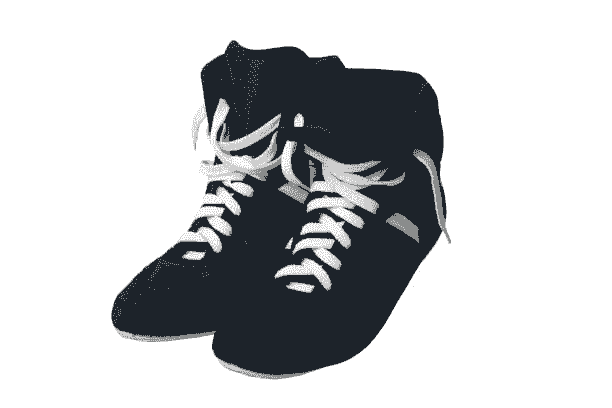
Shoes
Wrestling shoes are where the magic starts! The right pair gives you the grip, support, and style you need to take your game to the next level. Wrestling shoes are specially designed to provide traction, ankle support, and flexibility on the mat. Unlike regular athletic shoes, they allow your wrestler to move efficiently, grip the mat properly, and stay safe during intense contact.
Grip is everything — you don’t want to slip during a big move. Make sure your shoes have solid traction and ankle support to keep you steady and safe. Whether you're quick on your feet or more of a powerhouse, there's a style that fits your wrestling game.
What do they cost?
Wrestling shoes typically range from $40–$100, depending on the brand, style, and size. Higher-end models may offer more support or a snugger fit, but even basic models provide what young wrestlers need.What is the right fit?
Wrestling shoes should fit snugly—like a sock—but not so tight that they’re uncomfortable. A close fit gives your wrestler better control and minimizes the chance of slipping. Since kids grow quickly, it’s okay to size up slightly, but shoes that are too loose can make it harder to move safely on the mat.Important tips:
- No outside use: Wrestling shoes should only be worn on the mat—never outdoors. Wearing them outside brings in dirt and shortens the lifespan of the shoes.
- Ankle support matters: Many wrestling shoes come with built-in ankle support. If your wrestler has had ankle issues, talk to a coach for recommendations.
- Laces: Make sure laces are always tied securely. Some shoes come with lace covers, or you can use lace straps or tape to prevent them from coming undone mid-match.
Want to stand out while you dominate? Look for some funky-colored wrestling shoes — purple, green, and more. Who says performance can’t look good too?

Socks
When it comes to wrestling, every detail matters — even your socks.
- Avoid Ankle Socks - While ankle socks may be comfortable for everyday wear or casual sneakers, they’re not ideal for wrestling. Wrestling shoes are designed with higher ankle support, and wearing ankle socks can lead to discomfort or irritation from rubbing. Opt for crew or knee-length socks to ensure proper coverage and protection.
- Go with Trusted Brands - Well-known brands like Nike and Adidas consistently deliver when it comes to comfort, breathability, and performance. While brand names aren’t everything, be cautious of generic or low-quality socks — they might save you money upfront but can lead to blisters or discomfort during training.
Comfort = Performance
Above all, make sure your socks keep you comfortable and ready to compete at your best. The right pair can make a big difference in both training and competition.

Knee Pads / Leg Sleeves
Protecting your knees is essential in wrestling, and there are several options to choose from — single knee pads, double knee pads, leg sleeves, or even going without. The key is to find gear that suits your needs without interfering with your performance on the mat.
For wrestlers with pre-existing knee issues, wearing two knee pads can offer extra protection. However, there’s a common perception in wrestling culture that wearing two pads might signal inexperience or vulnerability. Because of this, many experienced wrestlers opt for a leg sleeve or a single pad on their dominant leg — the one most often used for shots — to provide targeted protection where it's needed most.
When selecting knee protection, wrestlers are often faced with the choice between gel-based sleeves, which are thinner and more streamlined, or foam-padded options that offer greater impact protection but come with added bulk.
Some wrestlers prefer to train with the bulkier pads for maximum protection during intense drills and switch to thinner gel sleeves for competition, where freedom of movement and minimal adjustment are critical. While bulkier knee pads may shift or require frequent adjustment, the extra cushioning might be worth it — depending on personal preference and wrestling style. Ultimately, it's about finding the right balance between protection and performance.
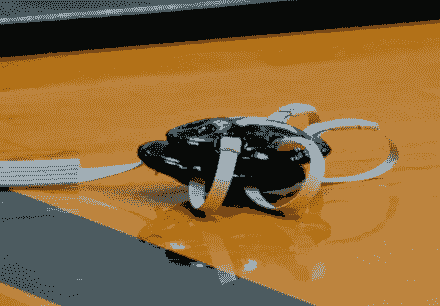
Headgear
Many wrestling competitions require headgear but some do not.
What does headgear do?
Despite the name, wrestling headgear doesn’t protect the head—it’s designed to protect the ears. Its main purpose is to prevent a condition known as cauliflower ear, a common injury among wrestlers caused by repeated trauma to the ear. While cauliflower ear is rare in younger athletes, most wrestling programs still require headgear as a preventive measure.What is cauliflower ear?
Cauliflower ear occurs when the ear is struck hard enough to cause a blood clot or when the skin separates from the cartilage. Over time, this damage can lead to permanent swelling and deformity. The good news? It’s easily preventable with proper headgear.How much does headgear cost?
You can expect to spend $20–$60 on a pair of headgear.Choosing and fitting headgear:
There are many styles of headgear, each offering different features. The most important thing is that it fits securely and stays in place during a match. Improperly adjusted headgear can slip down over the eyes, which is both distracting and dangerous. To avoid this, make sure the top straps are adjusted tightly enough so the gear can’t slide down over the head.Wrestlers with long hair:
If your wrestler has long hair, they may need a hair slicker—a special hair net designed to work with headgear. This helps keep hair contained and compliant with competition rules.Face guards and masks:
Some headgear comes with built-in face protection, but these are rarely needed. Masks are typically only used when recovering from facial injuries like a broken nose.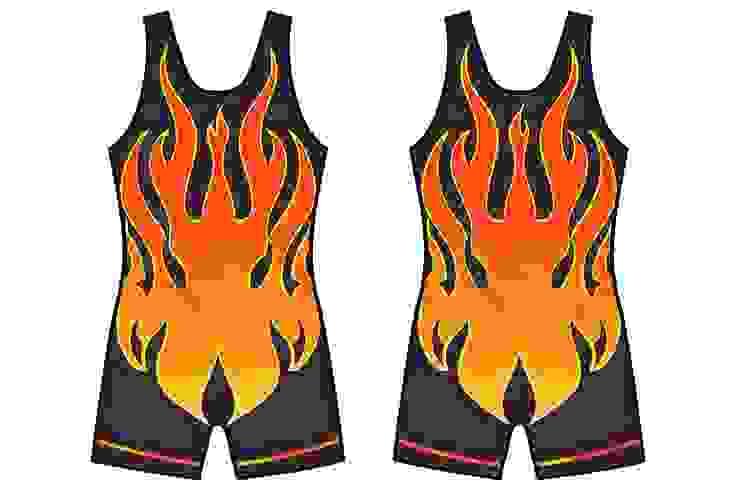
Attire / Singlets
Practice Attire:
For regular practices, your wrestler can wear gym shorts and a t-shirt—no need for special gear when starting out. As they gain experience, many wrestlers choose to invest in team gear such as singlets, warmups, and performance apparel, especially for tournaments.Tournament Attire:
At tournaments, wrestlers typically arrive and stay in their warmups and t-shirts until it's their turn to wrestle. The singlet is worn only during the match, which usually lasts just a few minutes. After the match, they return to their warmups. It's not common for youth wrestlers to walk around in just a singlet between matches.
Singlet Care:
Wrestling singlets are made from lycra/spandex materials that require special care to stay in good condition.
Follow these tips to keep your singlet looking and smelling great:
✅ DO:
Wash in cold water – Heat can damage lycra. Stick to cold or warm cycles only.
Use mild detergent – Choose a non-phosphorous, gentle detergent to prevent color fading.
Hang dry only – Drip dry on a wooden or plastic hanger (metal hangers can leave rust marks).
Presoak if needed – For bloodstains or heavy dirt, soak in cold water with a bit of detergent for an hour or overnight.
Eliminate odors – Add a cup of baking soda to your presoak to remove lingering smells.
❌ DON’T:
No bleach – Chlorine bleach will damage the fabric and dull sublimated (printed) colors.
Don’t wash with rough items – Avoid mixing with clothes that have velcro or zippers; they can snag the fabric.
Never iron – The material is heat-sensitive and will melt or deform under an iron.
Proper care helps extend the life of your wrestler’s gear—and keeps it looking sharp for every match. If you have questions about sizing, fit, or purchasing team singlets, feel free to reach out to us or ask a coach at practice.
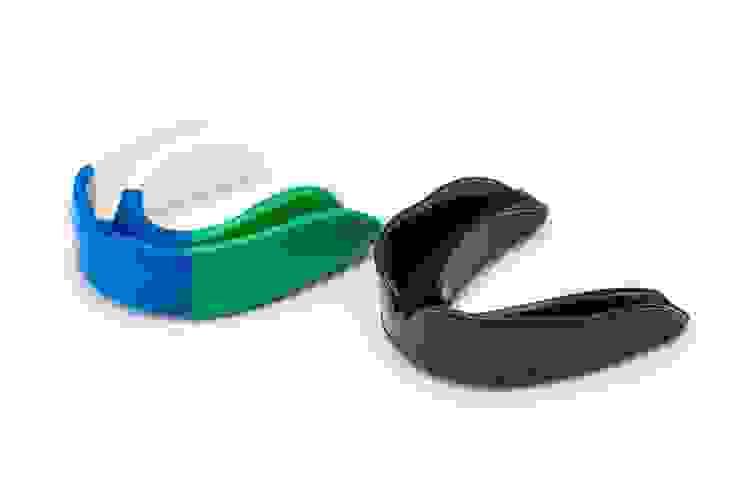
Mouthguards
Mouthguards are not required for all wrestlers, but they are mandatory in competitions for anyone with braces. If your wrestler wears braces on the upper and/or lower teeth, they must use a mouthguard that specifically protects those areas.
Why are mouthguards important?
In a contact sport like wrestling, it's common for athletes to take accidental elbows or contact to the face. A properly fitted mouthguard helps protect the teeth, lips, cheeks, and gums—especially for wrestlers with braces, where the risk of cuts or dental injury is much higher.Mouthguards for braces:
Standard mouthguards may not be enough for athletes with orthodontic devices. Wrestlers with braces should use a braces-specific mouthguard, which is designed to fit over brackets and wires while still allowing for comfort and breathing. Some protect just the upper teeth, while others cover both upper and lower, depending on the type of braces worn.Choosing the right mouthguard:
- Look for "braces-compatible" on the label if your wrestler has orthodontics.
- Make sure the mouthguard allows for easy breathing and speaking, especially during intense matches.
- Custom-fit or boil-and-bite styles both work, but check with your orthodontist if unsure.
HEALTH
Blackhawk Athlete - Overall Wellness

Hygiene
Wrestling is a close-contact sport, which means hygiene is extremely important. Because wrestlers are in constant physical contact with one another, skin infections like ringworm, impetigo, and staph can spread quickly if proper precautions aren’t taken. These infections are highly contagious—one untreated case can easily affect an entire team. The good news? Most skin infections are easily preventable with the right habits and awareness.
Tips to Prevent Wrestling-Related Skin Infections
- Create a Skin Barrier Before Practice or Matches
Use protective products (like Defense barrier foam) before stepping on the mat to help guard against bacteria and fungus. - Change Shirts During Practice
Bring extra shirts and switch them out if you're sweating heavily. Staying dry helps limit bacterial growth. - Wipe Down After Practice
If you can't shower immediately, use Defense wipes or other antibacterial wipes to clean your skin right after practice or matches. - Shower Immediately After Practice or Competition
The best way to prevent infection is to shower as soon as possible using antibacterial soap or Defense Soap. - Don’t Share Personal Items
Avoid sharing towels, soap, razors, or water bottles. These items can easily transfer bacteria from one person to another. - Keep Wrestling Shoes Off the Street
Wearing your wrestling shoes outside brings dirt and germs onto the mat. Only wear wrestling shoes in the wrestling room to keep the mat—and everyone on it—clean. - Wash Workout Clothes Daily
Always take gear home and wash it after practice. Use antibacterial laundry additives like Lysol Laundry Sanitizer or Defense Super Shield for extra protection. - Disinfect Gear Regularly
Clean headgear, wrestling shoes, and gym bags often with disinfecting sprays like Lysol. - Keep Fingernails Trimmed
Long nails can scratch teammates and carry bacteria. Keep them short and clean to prevent spreading infections. - Stay Home if You’re Sick
If you’re not feeling well or have any visible skin irritation, stay off the mat and talk to your coach or parent. - See a Doctor for Any Skin Concerns
If there are signs of a skin infection—redness, itching, scabbing, or sores—see a doctor immediately. Wrestlers should only return to practice after being cleared.
Stay Healthy. Stay on the Mat.
Prevention is the best defense against skin infections. A few simple habits and some common sense go a long way in keeping every wrestler healthy, safe, and competition-ready.

Nutrition
Consistent fueling, quality nutrition, and proper hydration are the foundation of athletic performance and long-term health. For athletes to thrive—on the mat and beyond—they need more than just calories. They need nutrient-dense meals, smart hydration strategies, and a positive, informed relationship with food. This kind of approach doesn’t just improve strength, endurance, and recovery—it supports mental well-being and builds habits that last a lifetime.
Quality Over Quantity
It’s not just about how much food athletes are eating—it’s about what they’re eating. Nutrient-rich meals keep hunger in check and give the body the tools it needs to perform, recover, and grow. Food is fuel, yes—but it’s also a vital part of injury prevention, focus, and emotional balance.Hydration Matters
Water plays a central role in nutrition, and it works hand-in-hand with electrolytes like sodium to keep the body functioning at its best. After weigh-ins, practices, and matches, rehydration isn’t optional—it’s essential to the recovery process and overall success throughout the season.Build Lifelong Habits Now
The nutrition and hydration choices made during an athlete’s competitive years can shape their health for decades. By focusing on high-quality foods and proper fueling strategies, athletes set a foundation for lifelong wellness and peak performance.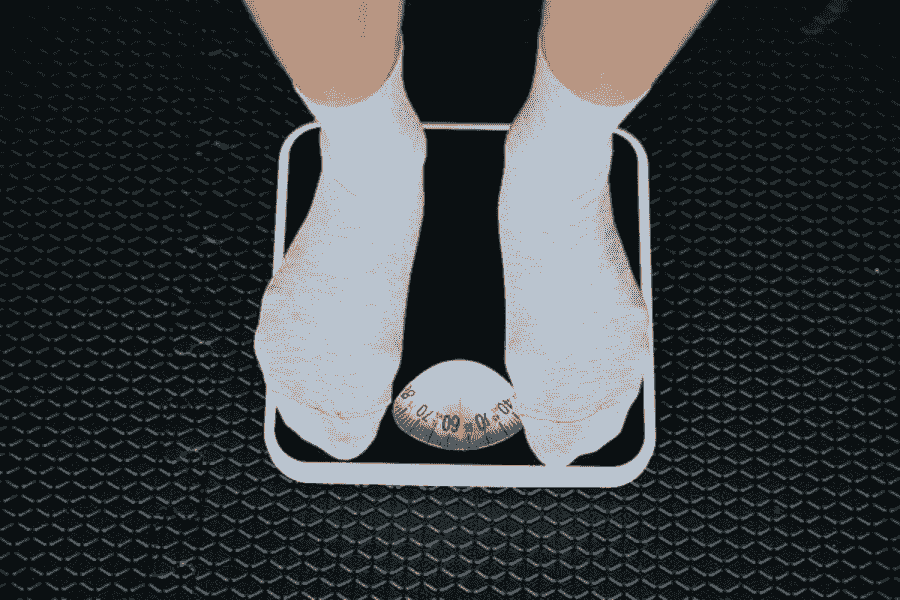
Weight Management
Wrestling success starts with strength, skill, and smart preparation—not extreme weight cutting. Athletes perform at their best when they fuel properly, recover fully, and compete at a weight class that supports their body’s natural strengths.
1. Pick the Right Weight Class
Wrestlers are not better or tougher because they cut more weight. Choosing the right weight class for your body leads to stronger, more consistent performances and lowers the risk of injury and burnout. Your value as an athlete is not defined by the number on the scale. Competing at a weight that’s too low can weaken performance, not improve it.
2. Understand That Bodies Respond Differently
Each athlete’s body reacts to training, recovery, and weight management in unique ways. Male and female athletes may experience different timelines and challenges with weight changes, especially due to hormonal differences. For all athletes, increased stress, poor sleep, and overtraining can make weight management harder—not easier.
*For female athletes, hormonal fluctuations during the menstrual cycle can cause temporary water retention, which doesn't equal true hydration or body fat.
3. Focus on Performance, Not the Scale
It's common for wrestlers to let the scale define their success. But the better question is: How did you feel at practice?Were you focused, strong, and able to give your best effort? The goal is to feel and perform your best—not to hit a number at any cost.
4. Fuel = Performance
Food isn’t the enemy. It’s a powerful tool for strength, recovery, and athletic progress. Proper nutrition gives your body the
energy to train and compete, materials to build muscle and endurance, and hormonal support to regulate performance and recovery. Avoid fixating on calories. Instead, focus on eating enough of the right foods to fuel your goals.
5. Hydration is Key
Hydration isn’t just about drinking water—it’s about preparing your body to perform. Cutting water weight puts athletes at risk of dehydration, heat stress, and poor performance. Rehydrating with electrolytes after weigh-ins or training is essential for safe recovery. Stay consistently hydrated and keep your walking weight close to your competition weight to avoid last-minute, risky cuts.
*Females may be more vulnerable to heat-related issues and less efficient at sweating out weight.
6. Prioritize Sleep and Recovery
Sleep is where your body repairs, adapts, and regulates key hormones that influence weight and performance. Wrestlers should aim for 8–9 hours of sleep each night and include rest days in their training schedule. Overtraining can lead to poor recovery, stalled progress, and increased injury risk. Many athletes—especially females—respond better with at least two full recovery days per week.
7. Look at the Whole Picture
If an athlete is struggling with weight, it’s important to consider all the factors, not just diet or training. Hormonal shifts (such as the menstrual cycle or birth control) for female athletes, high stress levels, sleep quality, digestive health or medical conditions; all of these can influence weight, energy, and mood—and may require adjustments or professional support.
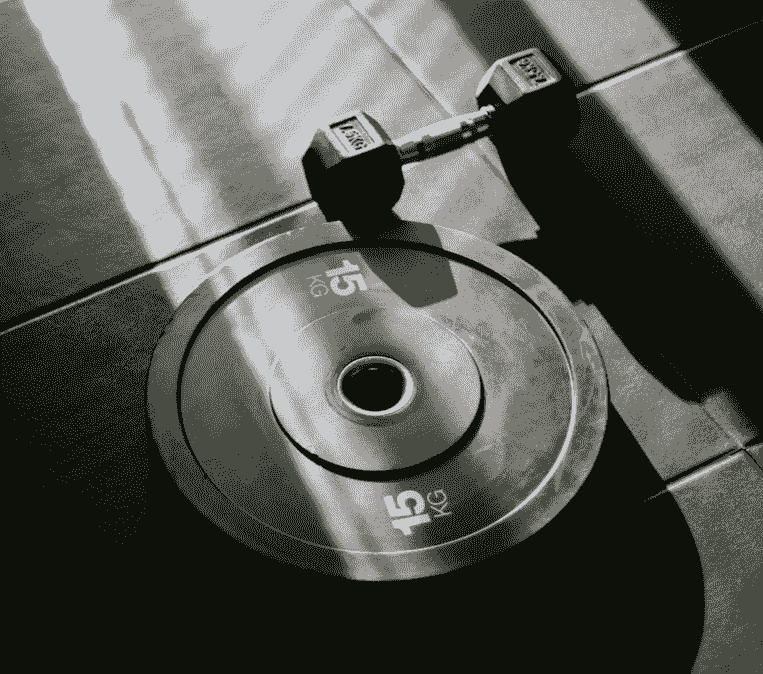
Exercise
A well-rounded youth wrestling exercise program should focus on building foundational strength, agility, endurance, and wrestling-specific skills, while also keeping sessions fun and engaging.
Conditioning
- Try short sprints, like running 400 meters at full speed, to build stamina for matches.
- Do “gassers” by running across the gym or field and back several times to improve your cardio.
- Jump rope for two-minute rounds to boost your heart health and foot coordination.
Strength and Core Building
- Practice bodyweight squats to strengthen your legs—focus on good form by keeping your back straight and knees over your toes.
- Challenge yourself with wall sits: lean against a wall as if sitting in a chair and see how long you can hold it. Make it a fun contest with family!
- Do push-ups and pull-ups to build strong arms, shoulders, and back. Try different types of push-ups for variety.
- Strengthen your core with crunches, flutter kicks, leg raises, planks, and Russian twists. Mix them up for a complete core workout.
- Hold planks and try side planks or plank shoulder taps to improve your balance and core stability.
Agility and Quickness
- Practice moving in your wrestling stance by shuffling side to side and forward and backward. Have someone call out “shot” or “sprawl” for you to react quickly.
- Use an agility ladder or mark spaces on the ground to do high knees, side shuffles, and quick footwork drills.
- Do jumps—like box jumps or broad jumps—to build explosive power and faster feet.

Mental Health
Wrestling is a demanding and rewarding sport that builds strength, discipline, and confidence. But just like the physical health, caring for mental health is essential for young wrestlers to perform their best and enjoy the sport.
Wrestling challenges the mind as much as the body. Young athletes may experience pressure to win, fear of losing, stress from competition, or frustration with setbacks.
Good mental health helps wrestlers:
Stay motivated and focused
Bounce back from losses or mistakes
Build confidence and self-esteem
Enjoy the sport and make new friends
Handle pressure in a healthy way
Tips for Mental Health Wellness:
1. Talk Openly: Encourage open conversations about feelings, worries, and goals. It’s okay to ask for help or share when you’re feeling stressed.
2. Focus on Effort, Not Just Results : Celebrate hard work, improvement, and teamwork—not just wins and losses.
3. Set Realistic Goals: Set small, achievable goals for each practice and match. This builds confidence and keeps motivation high.
4. Practice Relaxation: Try deep breathing, visualization, or mindfulness exercises to calm nerves before competitions.
5. Maintain Balance: Make time for school, friends, family, and fun activities outside of wrestling.
**Wrestling should be fun and rewarding. Taking care of your mind is just as important as training your body.
- Create a Skin Barrier Before Practice or Matches
TIPS
Blackhawk Athletes
Stop Ringworm Before It Starts!
Watch Out for Cauliflower Ear!










